Feline arthritis symptoms
Feline arthritis symptoms Learn how to recognize, treat, and manage arthritis in cats. Discover expert-backed tips on pain relief, diet, and home modifications to help your feline friend stay comfortable!
2/1/20253 min read
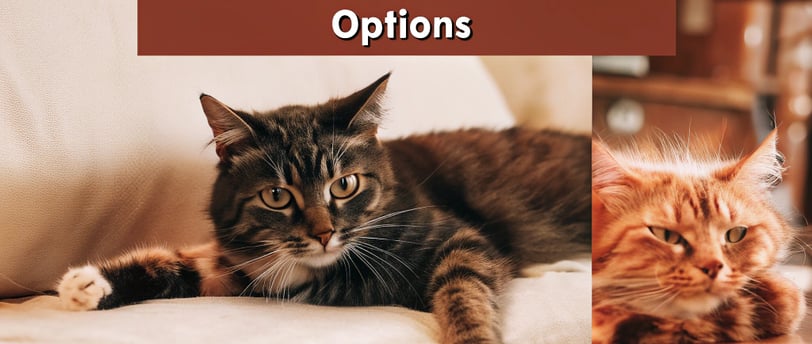

Understanding Cat Arthritis: Causes, Symptoms, and Treatment
Arthritis is a common yet often overlooked condition in cats, particularly as they age. Unlike dogs, cats tend to hide their discomfort, making it essential for pet owners to recognize the subtle signs of joint pain. In this guide, we'll explore the causes, symptoms, and best treatment options to help your feline friend stay comfortable and active.
What Is Cat Arthritis?
Arthritis, or osteoarthritis (OA), is a degenerative joint disease that occurs when the cartilage in the joints wears down, causing inflammation, stiffness, and pain. While it is more common in senior cats, younger cats can also develop arthritis due to genetics, injuries, or underlying health conditions.
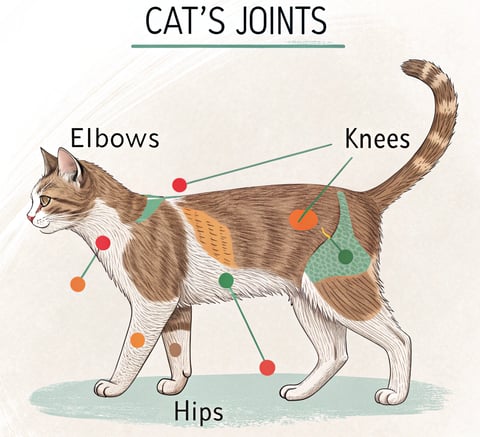

Causes of Arthritis in Cats
Several factors contribute to arthritis in cats, including:
🔹 Aging – Natural wear and tear on joints over time.
🔹 Obesity – Excess weight puts additional stress on joints.
🔹 Joint Abnormalities – Congenital conditions like hip dysplasia.
🔹 Injuries – Past fractures or trauma that affect joint stability.
🔹 Inflammatory Diseases – Chronic infections or autoimmune disorders.
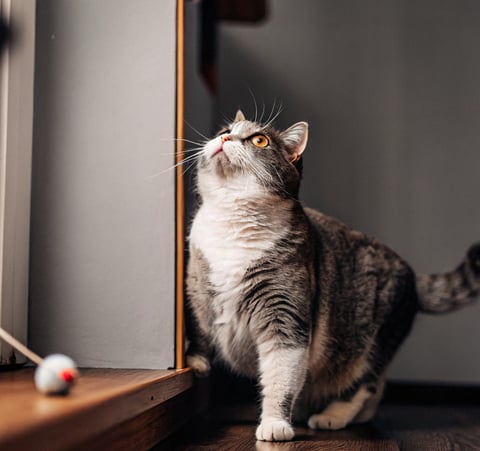

Signs and Symptoms of Arthritis in Cats
Since cats instinctively hide their pain, arthritis symptoms can be subtle. Watch for:
✔️ Decreased Activity – Reluctance to run, jump, or climb.
✔️ Stiffness or Limping – Especially noticeable after rest.
✔️ Difficulty Using the Litter Box – Trouble stepping in or out.
✔️ Irritability or Aggression – Discomfort when touched.
✔️ Overgrown Nails – Reduced movement leads to less natural nail wear.
✔️ Less Grooming – Leading to a dull or matted coat.
🔹 Behavioral Change Alert: If your once-playful cat suddenly becomes withdrawn, arthritis could be the cause.
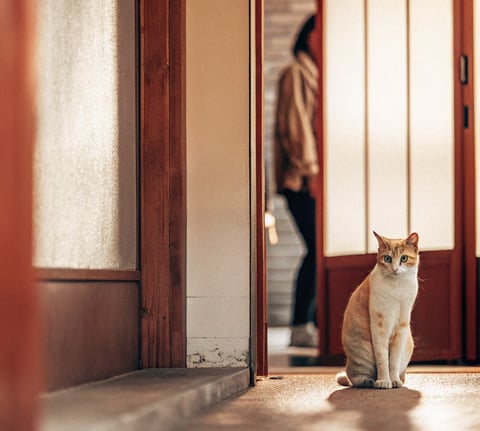

Diagnosis: How Vets Confirm Arthritis in Cats
A vet will typically diagnose arthritis through:
🩻 Physical Examination – Checking for joint pain or stiffness.
📸 X-rays or Imaging – Revealing cartilage loss and bone changes.
📝 Owner Observations – Describing mobility and behavior changes.
Related Article: How to Spot Signs of Illness in Cats
Treatment and Management of Cat Arthritis
While arthritis is not curable, proper management can significantly improve a cat's quality of life.
1. Pain Relief & Anti-Inflammatory Medications
💊 NSAIDs (Non-Steroidal Anti-Inflammatory Drugs): Prescribed by vets to reduce pain and swelling.
💊 Joint Supplements: Glucosamine and chondroitin support joint health.
💊 Omega-3 Fatty Acids: Found in fish oil, they reduce inflammation.
🔹 Important: Never give human pain medications to cats—they can be toxic!
2. Weight Management & Diet Adjustments
Maintaining a healthy weight reduces joint strain. Consider:
🥩 High-Protein Diets – Supports muscle strength.
🐟 Omega-3-Rich Foods – Helps reduce inflammation.
🥕 Limited Carbs – Prevents obesity.
Related Article: Top Healthy Foods for Cats
3. Home Modifications for an Arthritic Cat
Making small changes at home can greatly improve your cat’s comfort:
🛏️ Orthopedic Cat Beds: Provide extra support for aching joints.
🪜 Ramps & Steps: Help cats reach high places easily.
♨️ Heated Pads: Soothe stiff muscles and joints.
🪶 Low-Impact Play: Use feather wands instead of high jumps.

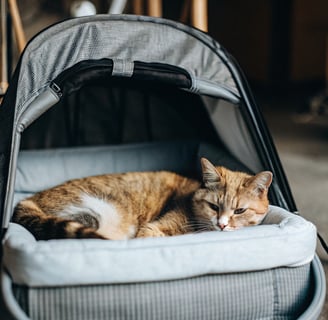
4. Physical Therapy & Alternative Treatments
👐 Massage Therapy – Improves circulation and flexibility.
💡 Laser Therapy – Reduces inflammation and stimulates healing.
🧘 Hydrotherapy – Swimming or water exercises (if the cat tolerates it).
External Resource: Cornell Feline Health Center – Arthritis in Cats
Final Thoughts: Helping Your Cat Live Comfortably
Arthritis in cats can be managed with early intervention, the right diet, pain management, and small lifestyle changes. By being proactive, you can ensure your feline companion remains happy, active, and comfortable in their senior years.
